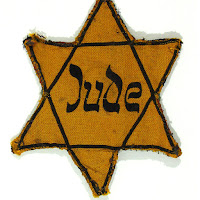Suspicion of conversos remaining true to Judaism could simply be because the conversions were motivated by fear, not a willingness to change. The Archdeacon of Écija, Ferrand Martinez, started preaching loudly against Jews in 1378, advocating violence against them. In June 1391, his efforts led to the destruction of several synagogues in Seville and mass murders of Jews, causing many Jews to flee the country or convert to save their lives.
Even if there were no evidence of secretly practicing your previous faith, converts were not automatically accepted into Christian society, especially since they were forced to convert by fear. Conversos were distrusted by their new Christian community and reviled by their former Jewish community. Long before Martinez, a new term for conversos entered common parlance: tornadizo, "renegade."
Rulers such as James I of Aragon, Alfonso X of Castile, and John I of Castile tried to protect the converted, and forbade the use of the pejorative tornadizo. Although the rulers wanted all citizens protected, there were restrictions placed on conversos: they could not associate with Jews (lest they backslide), there were some offices they were not allowed to hold, and it was illegal to try to convert them back to Judaism.
Another term used in Spain and Portugal for converted Jews who continued to follow Judaism is Marranos. It is an insult, meaning "pig," and became a common word after the Alhambra Decree. Our modern term for these conversos is "Crypto-Jews." (The illustration is an 1893 painting by Moshe Maimon called "Marranos: A secret Passover Seder in Spain during the times of Inquisition.")
Tomorrow we will look at the plight of the morisco in Spain and Portugal.






